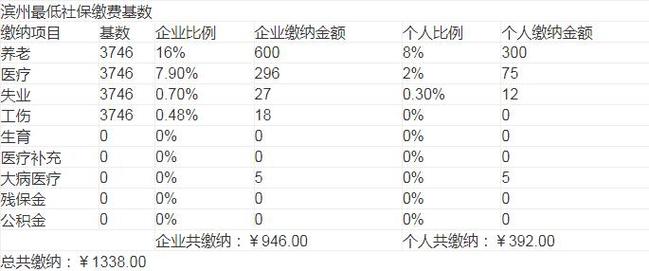体育课英语作文
Title: Teaching Physical Education in English
In recent years, the integration of English language learning into various subject areas, including physical education (PE), has gained momentum. Incorporating English into PE classes not only enhances language acquisition but also promotes cultural exchange and global awareness. Here, we'll explore strategies for teaching PE in English, benefits for students, and tips for educators to facilitate effective language learning in this context.
Benefits of Teaching PE in English:
1.
Language Acquisition:
Integrating English into PE classes provides students with authentic language practice in a practical and engaging setting. They learn vocabulary related to sports, exercise, health, and teamwork, improving their language skills while staying active.2.
Cultural Understanding:
PE activities often transcend cultural boundaries, offering a common ground for students from diverse backgrounds to interact. Through Englishmediated activities, students not only learn the language but also gain insights into different cultural perspectives on sports and physical fitness.
3.
Holistic Development:
Physical activity has numerous benefits for overall wellbeing, including improved cognitive function and mental health. By combining PE with English language learning, educators support students' holistic development, addressing both physical and linguistic aspects.Strategies for Teaching PE in English:
1.
Visual Aids and Demonstrations:
Utilize visual aids, such as posters, diagrams, and videos, to illustrate instructions and demonstrate proper techniques. Visual support helps overcome language barriers and ensures clarity in communication.2.
Simple Language and Repetition:
Use simple and concise language when giving instructions, and repeat key phrases or commands to reinforce understanding. Break down complex tasks into manageable steps, allowing students to grasp the content gradually.3.
Interactive Activities:
Engage students in interactive activities, such as team sports, relay races, and fitness challenges, that require collaboration and communication in English. Encourage peer interaction and provide opportunities for students to use the language in reallife situations.4.
Incorporate Language Learning Games:
Integrate language learning games, such as vocabulary bingo, charades, or word matching, into PE lessons to make learning fun and interactive. Games promote active participation and motivate students to use English in a playful environment.5.
Cultural Discussions:
Foster cultural discussions related to sports and physical activities, encouraging students to share their experiences and perspectives. Explore topics such as popular sports in different countries, cultural rituals associated with sports events, and the role of sports in society.Tips for Educators:
1.
Create a Supportive Environment:
Foster a supportive and inclusive learning environment where students feel comfortable expressing themselves in English. Encourage risktaking and celebrate students' efforts and progress in both language learning and physical skills.2.
Differentiate Instruction:
Recognize the diverse needs and proficiency levels of students and adjust instruction accordingly. Provide additional support for English language learners (ELLs) through scaffolding, peer assistance, or bilingual resources as needed.3.
Provide Feedback:
Offer constructive feedback on both language usage and physical performance, focusing on specific strengths and areas for improvement. Encourage selfreflection and goalsetting to empower students in their learning journey.4.
Integrate Language Across Curriculum:
Look for opportunities to integrate English language learning into other subject areas, reinforcing vocabulary and language structures learned in PE classes. Collaborate with language arts or ESL teachers to create crosscurricular connections.5.
Professional Development:
Stay updated on best practices for teaching PE in English through professional development workshops, conferences, and networking with colleagues. Continuously seek opportunities to enhance your skills and expand your repertoire of teaching strategies.In conclusion, teaching PE in English offers numerous benefits for students, including language acquisition, cultural understanding, and holistic development. By implementing effective strategies and creating a supportive learning environment, educators can facilitate meaningful language learning experiences while promoting physical fitness and wellbeing.











